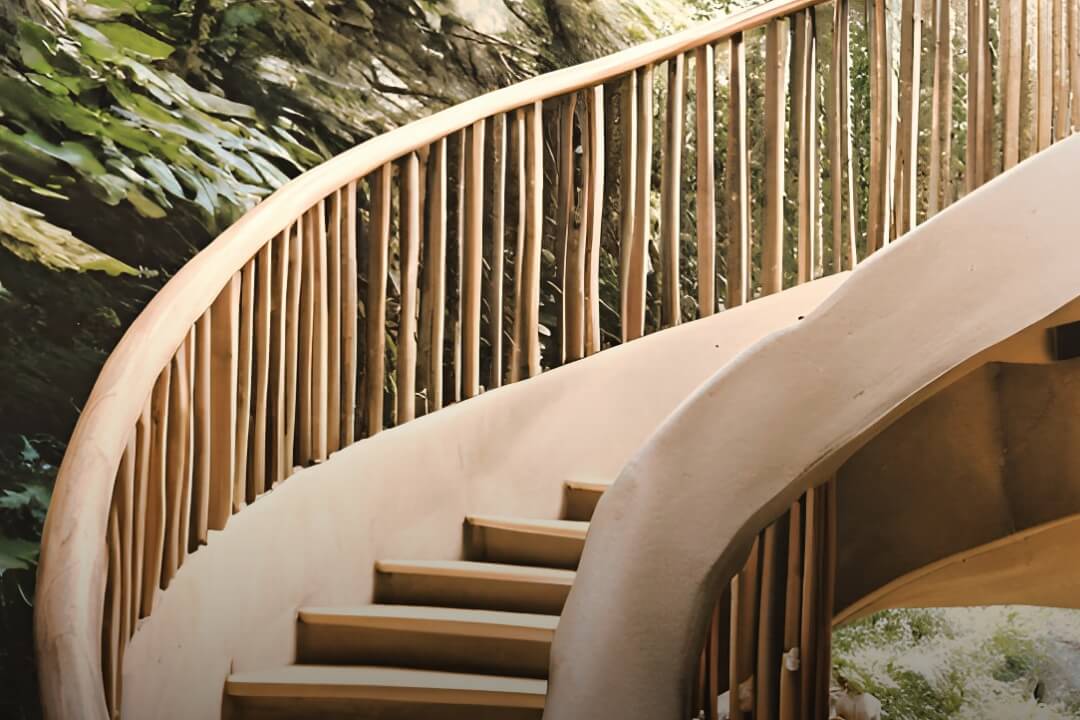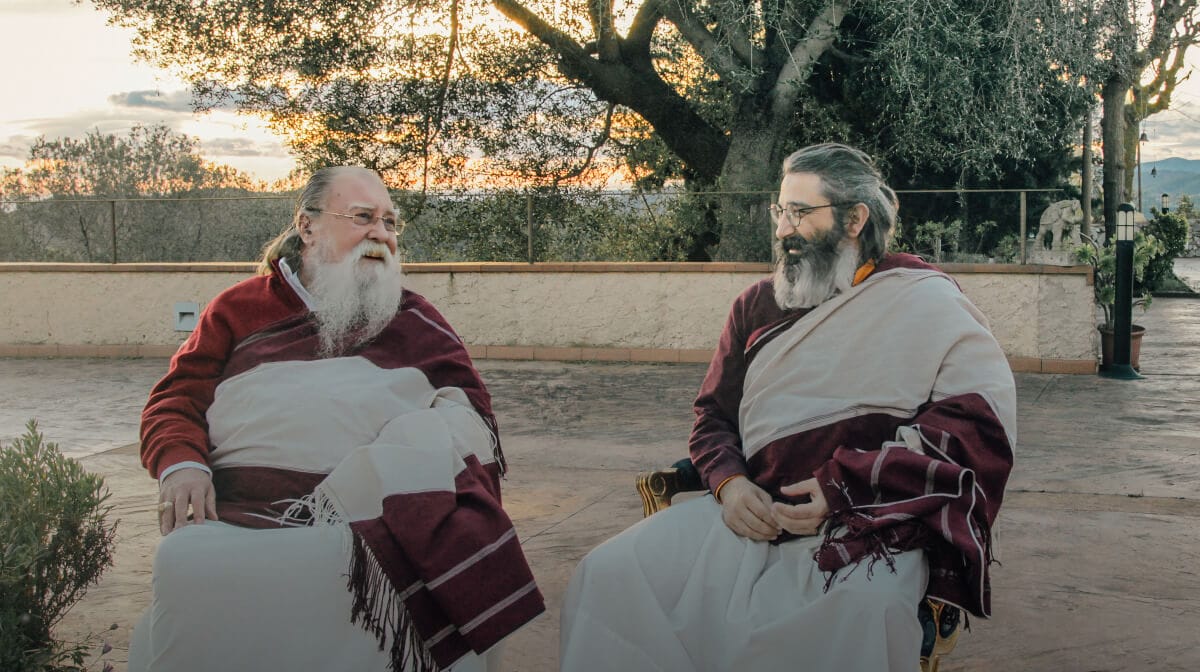Located in the epicenter of Garraf Park, the community established its first monastery in a completely abandoned natural and cultural heritage affected by phylloxera, fires, and a long history of speculation and plunder of what was in 1890 the old Colònia Agrícola Plana Novella.
On the ancient Roman road Via Augusta, the oldest mapped, lies the Plana de l’Arc sheltered by two natural parks where the community established its second monastery.
Between the city of Cuzco and the citadel of Machu Picchu lies the Sacred Valley of the Incas, who considered it a gift from the gods and a center of power where nature, agriculture, and spirituality intertwine, the place where the community established the third monastery.
On a morning in 1984, Khangsar Tulku, upon emerging from his deep meditation, prophesied that Tashi Dorje Rinpoche would found a monastery in the West. A few years later, he was told it would not be one, but three monasteries. These predictions came as a surprise to the founder of the community. What was announced was not in his plans.
His training in Buddhism was initially motivated by existential curiosity. When the Dalai Lama presented him in 1994 with a dedicated edition of the Prajnaparamita Sutra as a symbol of the mission assigned to him, Tashi Dorje Rinpoche did not hesitate to persevere firmly in the unimaginable undertaking that lay ahead.
Of the many difficulties, the first was finding the place. It was thanks to the 41st Sakya Trizin, who gave the coordinates and a description of the place to facilitate the search, and thus, in 1996, the first monastery of the community opened its doors.
The founder of the community was very aware of the real problems and challenges of modernity, of the lifestyles that were taking root, his own words reflect a clear idea of his vision and concern:
“To begin practicing, we must get rid of ways of living that we have had until now, thoughtless, fast, superficial, and short-term ways, which are not a good foundation for obtaining a good education and following our path” Jamyang Tashi Dorje Rinpoche
For him, the spiritual home of the community had to be located in three places with ideal conditions to ensure access to the sources of spirituality and promote education for the benefit of personal development, social development, and the development of the planet, in a new cultural and social context, the West, and for him, the mission was not about replicating the Eastern model.
In this sense, it is important to highlight that the social function of monasteries goes beyond protecting natural and cultural heritage. The community is aware that its mission generates a direct and positive benefit in the sustainable development and well-being of communities, providing social, cultural, educational, and economic benefits to the territory and people.

Aware of the opportunities and risks of digital technologies and their ability to transform social relationships and the planet, we consider it necessary to integrate virtual reality into the learning environment with the aim of improving access to knowledge through critical thinking in favor of better social awareness.
Separating ourselves from our environment and other living beings has contributed to the serious relational deterioration of humans, a lack of healthy reciprocity in human relationships and with the planet. It is essential to become aware of this and promote a contemplative attitude in the natural environment and social environment, without forgetting that the recent digital environment is here to stay, and is difficult to separate from people regardless of whether they are in a natural or social environment.
The COVID-19 pandemic brought structural changes of global scope, and one of them has been the acceleration of digital transformation with new habits in most sectors. Education is one of them. From this perspective and understanding this constantly changing reality, the Institute of Consciousness aims, from the beginning of 2024, to continuously improve online learning by providing flexibility and adaptability to students.


